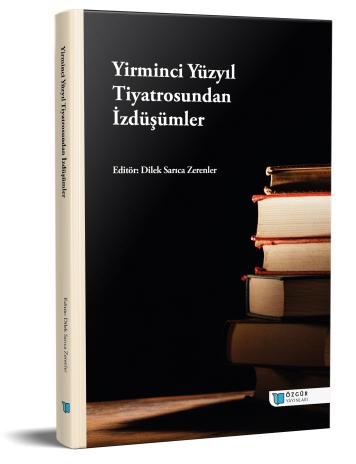
Basic Principles and Actor's Action in Practical Aesthetics Method
Chapter from the book:
Sarıca Zerenler,
D.
(ed.)
2025.
Projections FromTwentieth Century Theatre .
Synopsis
Practical Aesthetics is an acting method that emerged in 1983–84 from the cumulative work of workshops conducted by David Mamet and William H. Macy. Its primary source, A Practical Handbook for the Actor, was compiled from notes taken by the workshop participants. The main centers of its application are the Atlantic Theater Company and the Atlantic Acting School. Here, “practical” refers to applicability, and “aesthetics” refers to the fundamental principles of art. The approach places the audience’s perceived aesthetic experience, rather than the actor’s own experience, at the center. At its core are the concepts of “action” and “moment.” The actor, remaining faithful to the text, chooses actions that are physically doable, enjoyable, specific, and testable through a partner. “Scene analysis” is based on three key questions: What is the character literally doing? What is the essential action of what the character is doing in this scene? What is that action to me? The “as if” phrase establishes a link with the action but is not performed on stage. Practical Aesthetics views emotion as uncontrollable, prioritizing goal-oriented physical action and adaptation to the reality of the moment to create live interaction on stage. The character is an illusion created by the text and the actions. External tools (use of body, form, costume, makeup, physical conditions) are applied in a measured, functional, and text-consistent manner. In the director’s view, the story takes precedence; action is the main means of bringing the text to the stage. As a result, Practical Aesthetics is an acting method that combines fidelity to the writer, alignment with the director’s decisions, onstage interaction, and an action-based approach, in a flexible yet coherent manner. In this chapter, while the fundamental principles of the method are examined, A Practical Handbook for the Actor is taken as the main reference, and in addition to Mamet’s views on the technique, various comments and current perspectives of the method’s instructors McCann, Zigler, and Gonzalez are also included.

